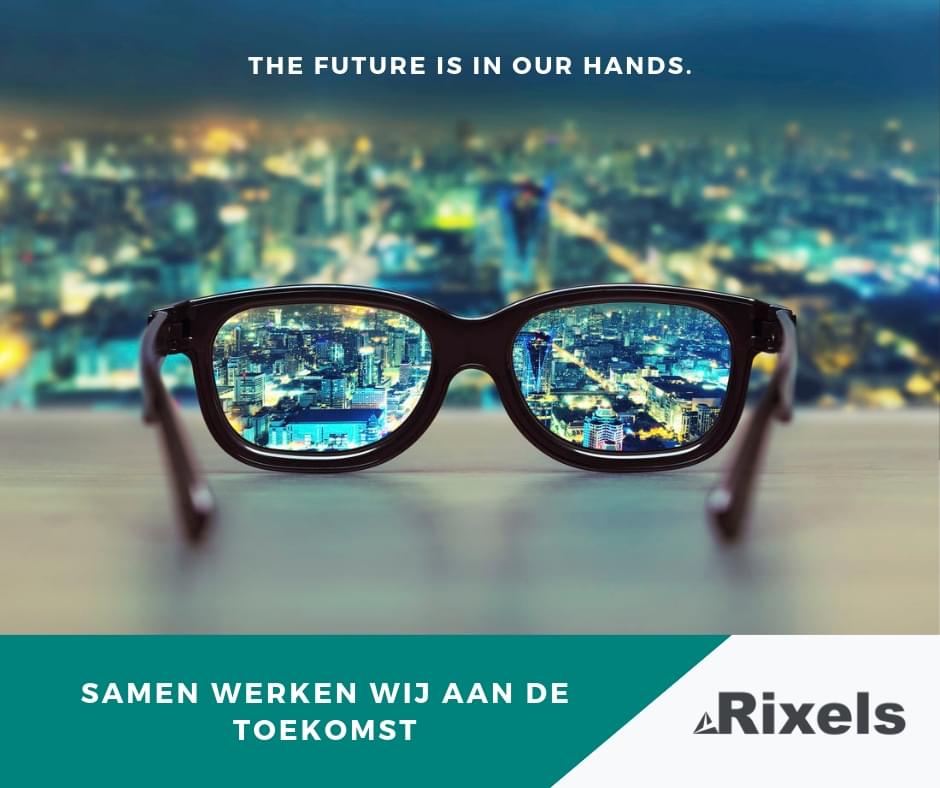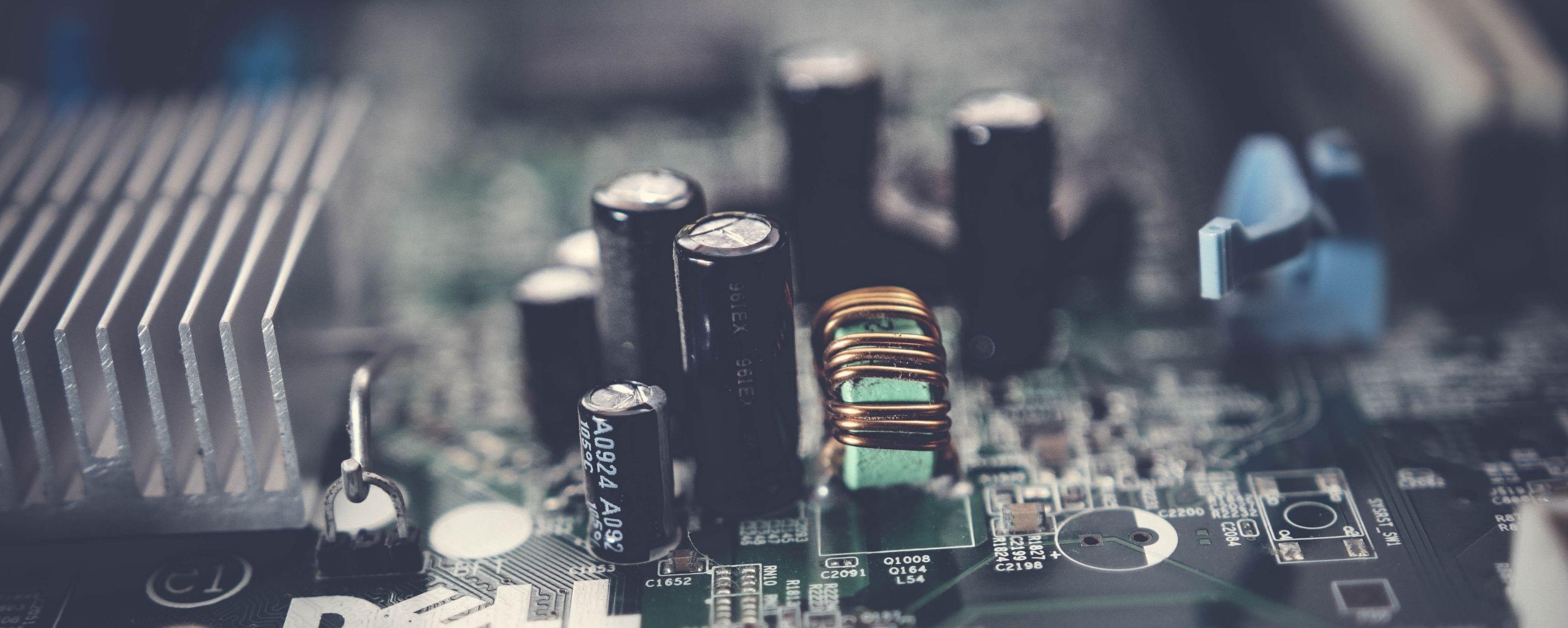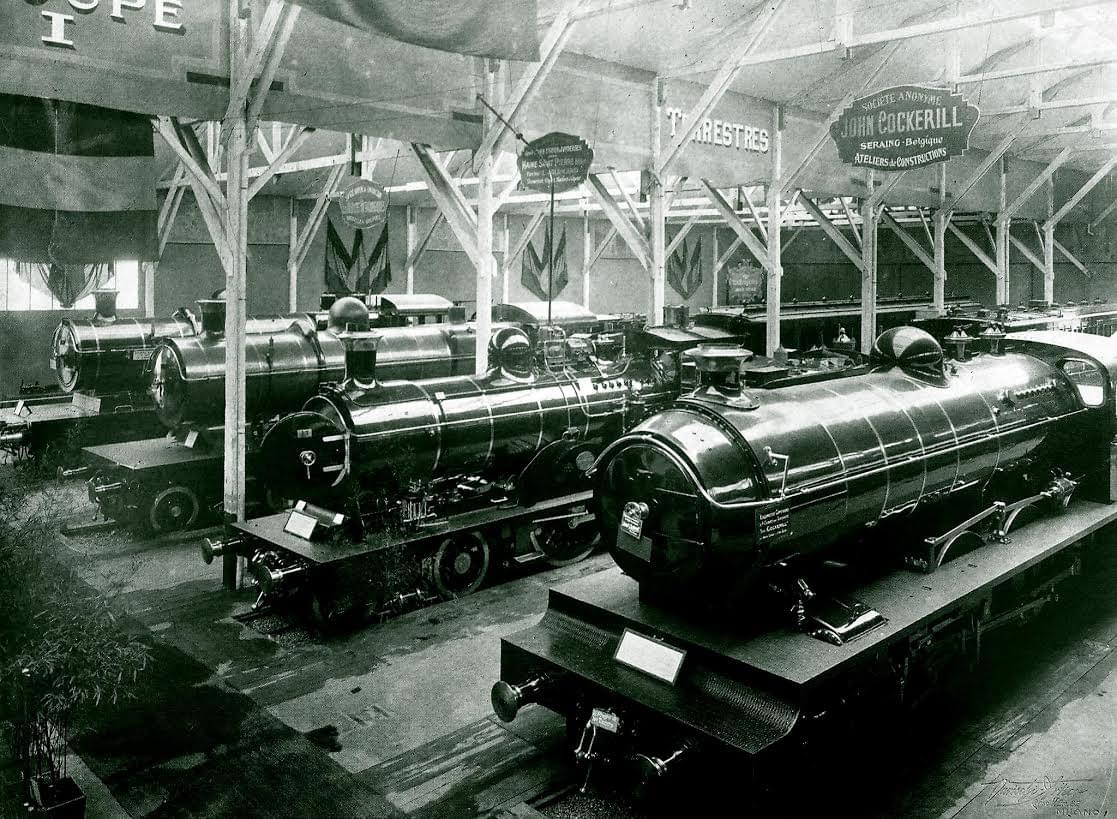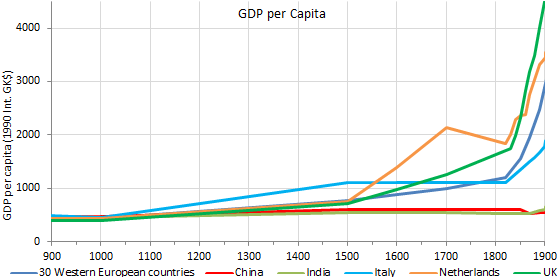The Fourth Industrial Revolution
What is the fourth industrial revolution? in this article you will read what this revolution will bring us and how we reached this point.
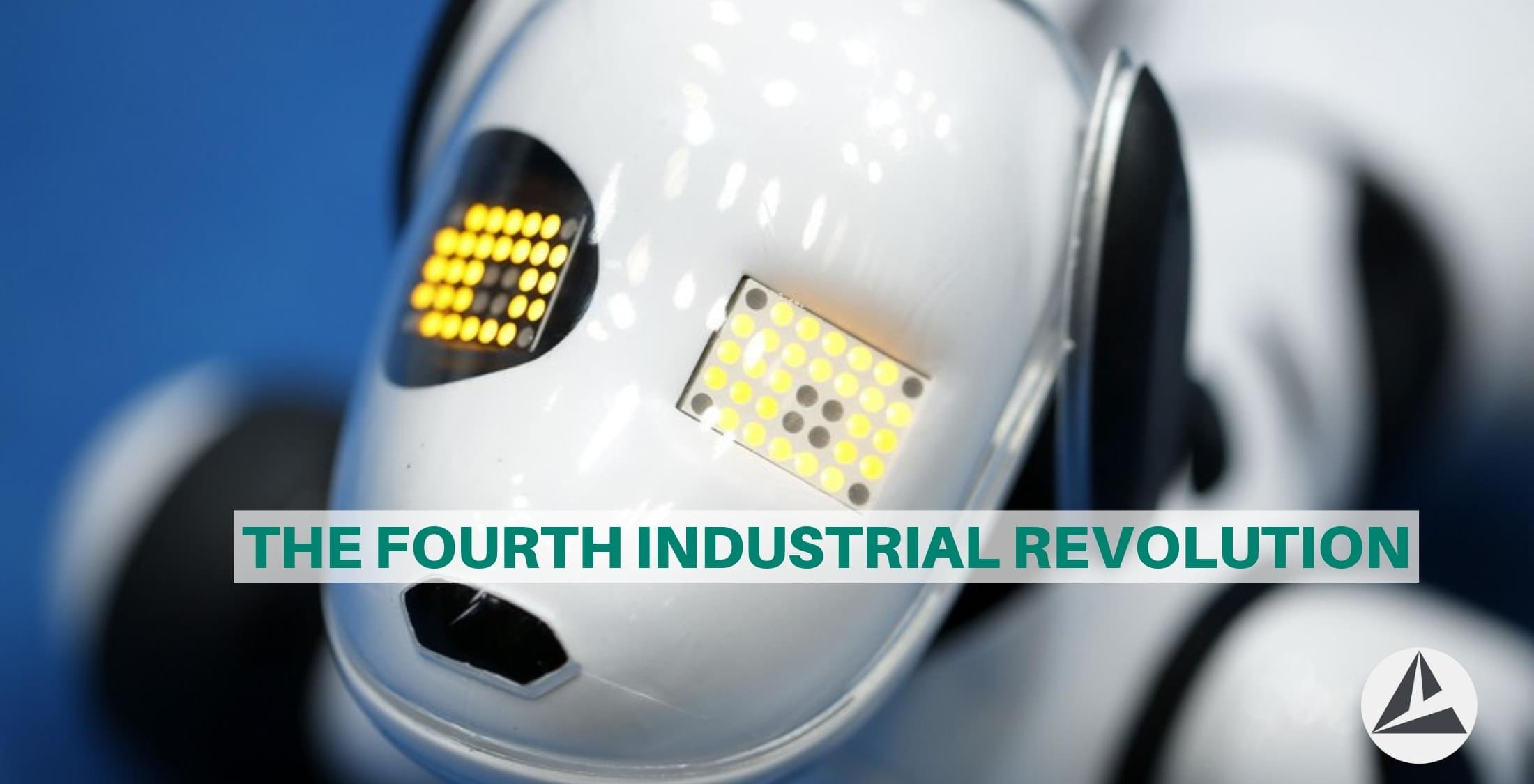
We are just at the end of the third industrial revolution and the fourth is already coming in at full speed. A new revolution has started. The official International term used for this phenomenon is the ‘’fourth Industrial Revolution''. In this article you will read what this revolution will bring us and how we reached this point.
A little bit of history
An industrial revolution is in short, a big replacement of manpower processes into automatic and mechanical processes. Combined with change in society and influence on social intercourse. An industrial revolution is a general term used when certain technological breakthroughs are made that change the way we live and behave. Currently we are at the beginning of number four. To understand how the fourth came to be, you need to know what came before.
-The first industrial revolution
The first industrial revolution officially began around 1750 in England however people argue that the revolution really began at the start of the nineteenth century after the revolution spread to the rest of Europe. The First revolution changed the daily life drastically and caused a massive Demographic transition. The factory system introduced a new way of working. This revolution was the groundwork of all the revolutions that were yet to come. The progress made in this revolution caused a high mortality rate and unhealthy living conditions in large Cities.
Unfortunately, this was necessary for the ever-increasing demand for textiles and raw materials. The textile industry was thus one of the main causes of this happening. However, the steam engine with thick clouds of smoke, was really the symbol and the first thing that comes to mind when thinking of the industrial revolution. In addition to new industries such as transport by train(locomotives), an entirely new working class was created as a result of urbanization. As people flocked to the cities a sort of slum appeared that you will now only find in mainly third world countries, I will come back to this later.
Many people also were against industrialization because of the low wages and machines that did the work faster than people, making them unnecessary and forcing them out of their original workplace. During the revolution there have been several events in different nations of people that destroyed machines hoping to counter this revolution, but all attempts were in vain and perpetrators were severely punished. The industrial revolution was after all important for the further development of one’s country and a higher international image.
-The second industrial revolution
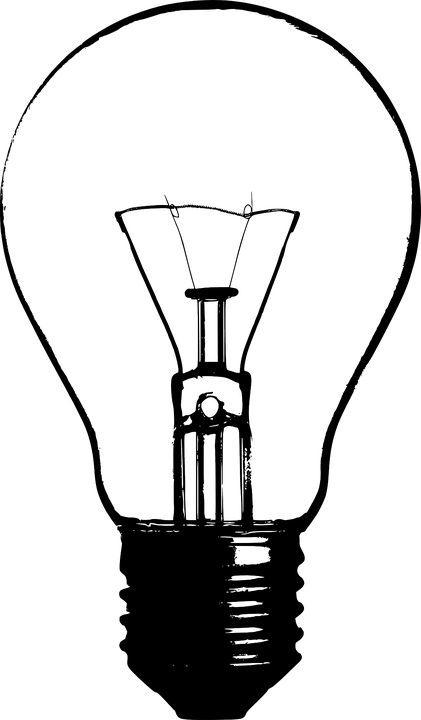
At the end of the 19th century the second industrial revolution started and called by some as the technological revolution. Characteristics of this are electricity, mass production and production lines. This made large-scale production of weapons possible for the (world) wars and led to many rapid innovations in technologies in all areas, including but certainly not limited to communication and the oil industry.
Characteristic of this period is the light bulb of Thomas Edison who developed the first working light bulb in 1879. However, he was not the inventor of the light bulb, which was actually blue printed in 1806 by Sir Humphry Davy, a British chemist.
A problem that the second revolution brought with it was the great divergence. This literally means the growing apart of societies that did or did not industrialize in the nineteenth century and is a major cause of economic inequality in the world. Until the 18th century, economic growth was mainly determined by population growth, so prosperity barely increased. The second industrial revolution changed this for many western countries.
-The third industrial revolution
This revolution is about the rapid and advanced development of internet technology, automation, devices and our energy management. The inventor of this term is American economist Jeremy Rifkin. From the 1950s, it became possible with the computer to consult information almost anywhere in the world. Companies could use this to globalize through the new way of communication. Big data is the fuel for this revolution. Devices connected through the Internet make it possible for the economy and society to function more efficiently, economically and more sustainably. This revolution again provides more jobs associated with new businesses. However, a major difference is that clean energy sources are now being used or innovated instead of large-scale fossil fuels such as in the first and second revolution. Companies specializing in energy supply are breaking through and, as we have already experienced. For example, fully electric cars and bicycles are coming onto the market. It is often referred to as the digital revolution because of the breakthroughs in communication and the development of the service economy and information providers, whereby obtaining information has become more important than production. A perfect example of this is the well-known search giant Google.
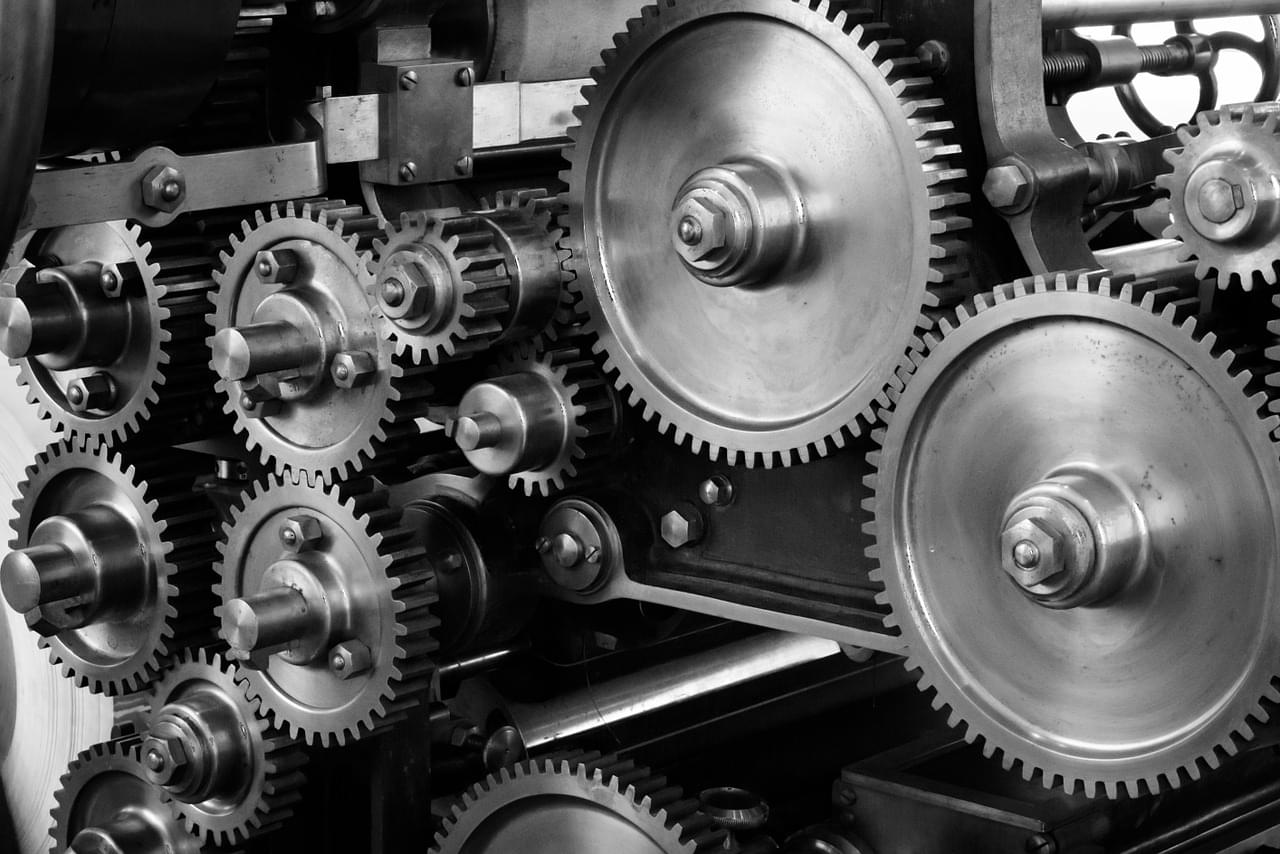
The old industries are currently being replaced or progressed through new technology, something that is clearly visible today. Environment and climate have never been so important, and the new industry responds to that. In addition to this, this revolution has also made space travel possible. This led to groundbreaking innovations such as being able to call on your phone on which you might be reading this article right now!
The beginning
When did the revolution start?
Yesterday, today or tomorrow? When exactly did the fourth industrial revolution begin? Opinions are divided as this revolution directly overlaps the third in all areas, but there is no doubt that something new has started.
A breakthrough in technology and development often marks the beginning of a new era. This is certainly the case when we look at the latest developments in society and the market. Technologies are developing exponentially instead of linearly and are becoming increasingly connected. The distinction between industries is becoming blurred. Everyone has become connected in the world in a short time.
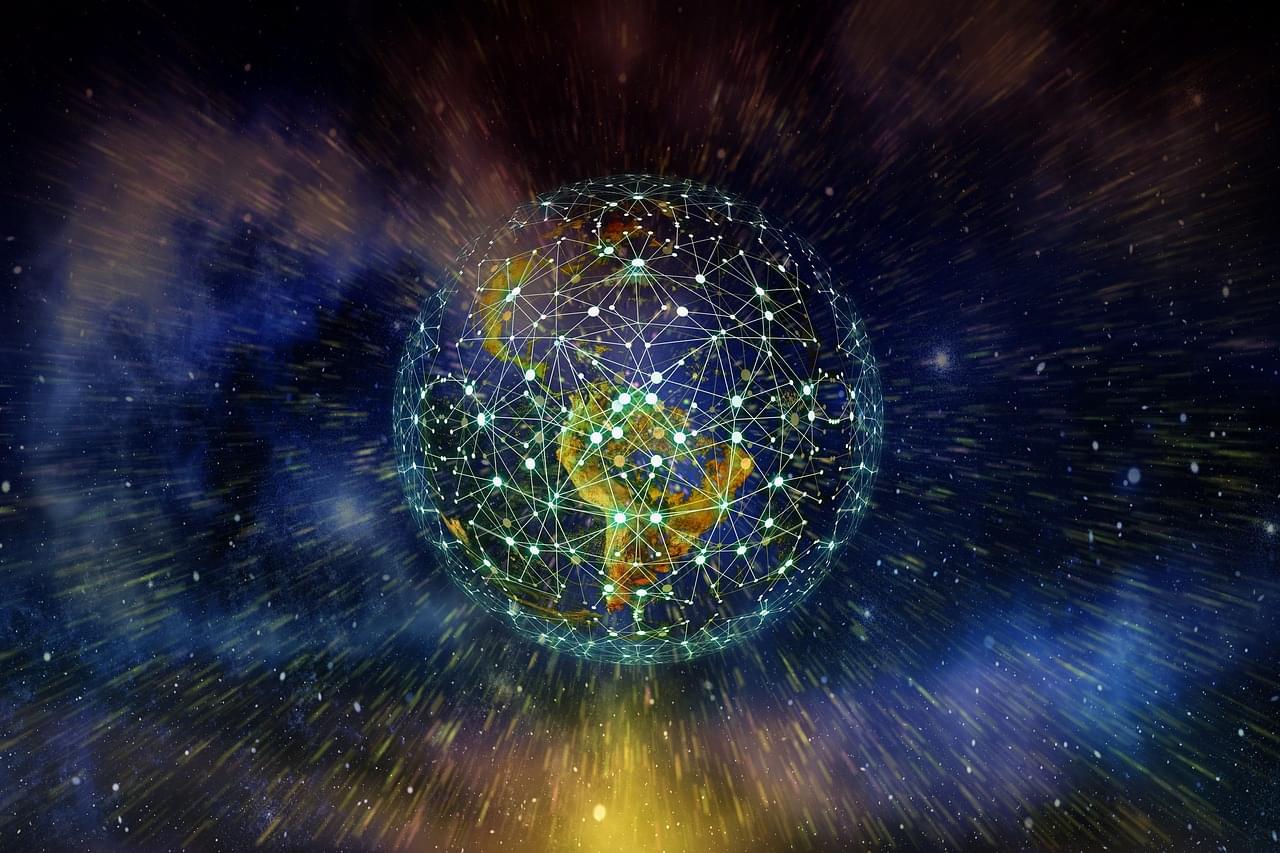
Sectors disappear
The beginning of this revolution will be noticed by many in their workplace. Entire sectors and their functions will disappear. The World Economic Forum (WEF) estimates the worldwide job loss as a result of the fourth industrial revolution at 7.1 million in 2020. The majority (more than two thirds) of job losses will occur in the office and administrative sector, including banks. This is because the consumer can easily arrange their banking and insurance matters online and makes many bank employees unnecessary.
The WEF has also stated that job losses are expected to affect women more than men because they are over-represented in administrative functions and, sadly, under-represented in functions that are going to be more needed. Men see on average one job added and four disappear, while women see no less than twenty disappear for one job.
The logistics sector doesn’t escape the revolution and will be hit hard. More than half of the logistics companies (in the Netherlands) expect the fourth industrial revolution to lead to less employment in the sector. These are a few threats that currently play a role: drones, self-driving delivery trucks/vans and possibly consumers who print products at home instead of ordering them from a manufacturer.
Exponential growth
Whereas the third industrial revolution was about digitization, it is now about the combination of ideas from different industries. Nobody knows how fast this revolution is going, but that it is going fast is a fact. Industries can improve each other because they can be combined completely for the first time in history. This means that new innovations and concepts are being developed at a rapid pace to the point that we can speak of a fifth revolution.
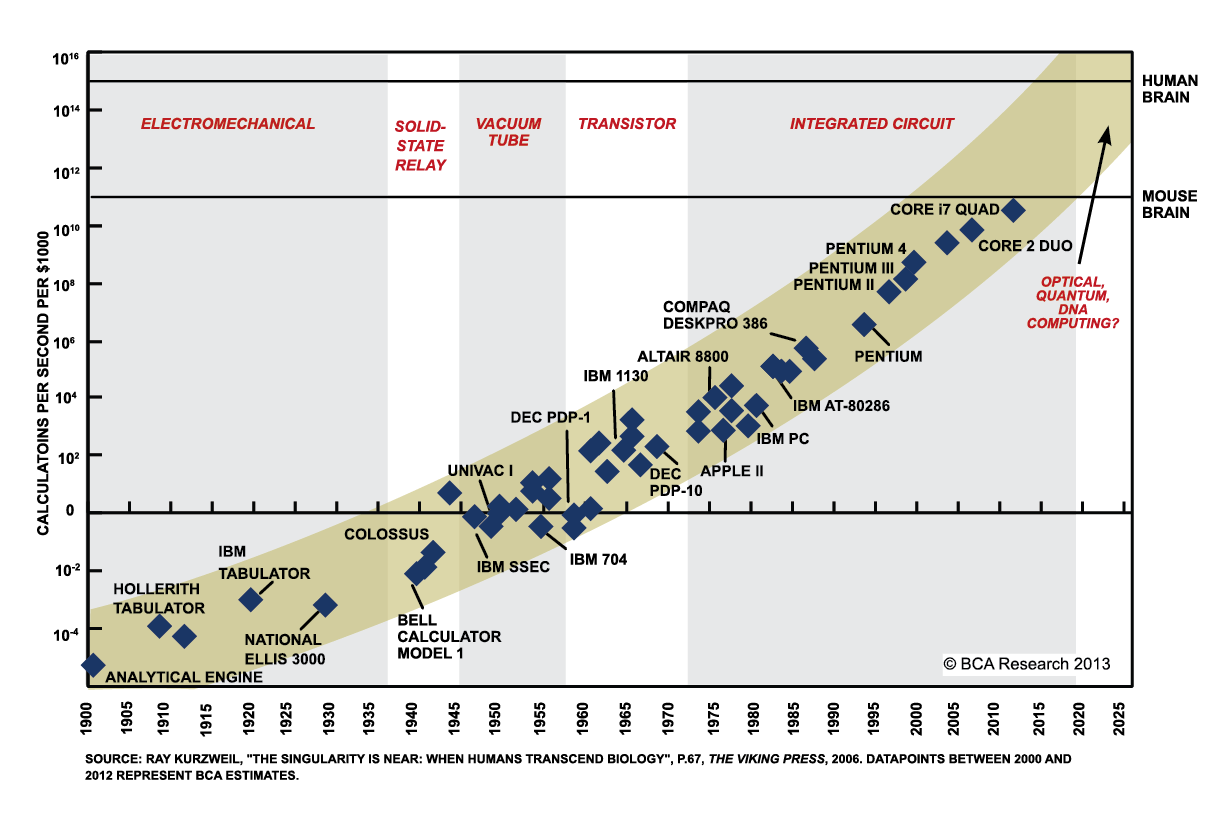
Is it really going that fast or are we too optimistic? The truth is in the middle the reason being that it varies by industry. Although exponential growth occurs with technology, human capacities do not develop at the same pace. Consider the loss of consciousness among pilots or astronauts due to an excessive amount of g-force. At a great speed in the same direction, blood flows out of the brain and people lose consciousness. Thus, the human lack of capacity to deal with g-force has long been limiting the possibilities to fully utilize all available technology.
Change of the social landscape
Like the predecessors, this revolution will bring much change in how society works and how we deal with it. Both positive and negative changes will take place, something that we as an individual can do little about.
More connection or division?
In a Utopia we can use new technologies to become more connected. Technologies with which we can reduce differences between people and create more understanding for people from other cultures and social classes. In short, we will create a society with more cohesion. Unfortunately, this is not an ideal world. New technologies can also easily be misused. The pace at which information and ideas are spreading offers opportunities to malicious individuals and groups to spread their extreme ideas that, on the contrary, will divide us more.
Tensions & Media
If a new economy is created in which inequality between people increases, it will cause serious consequences for the social tensions within today's society. Shareholders and investors will undoubtedly benefit more from the revolution as they depend on capital instead of work. Technology is the main reason that incomes are stagnated or reduced for a large number of people, who live in the most technologically advanced countries. There is more and more demand for highly educated people with the corresponding qualities, while the demand for work that is currently mainly done by people with a low level of education decreases. Fortunately, this is only a hypothesis.
What does that future look like exactly? Will there be work for us later? Will our children have work? You constantly hear these questions, fueled by social media and the rapid development of our society. If an economy emerges from the revolution that only brings prosperity to a small group of people, then that will undoubtedly lead to disorder. Strengthened by the one-sided media platforms, which are trying to secure themselves in the coming years. The way we deal with sharing information or the way we learn and communicate in the near future will be unprecedented.
Privacy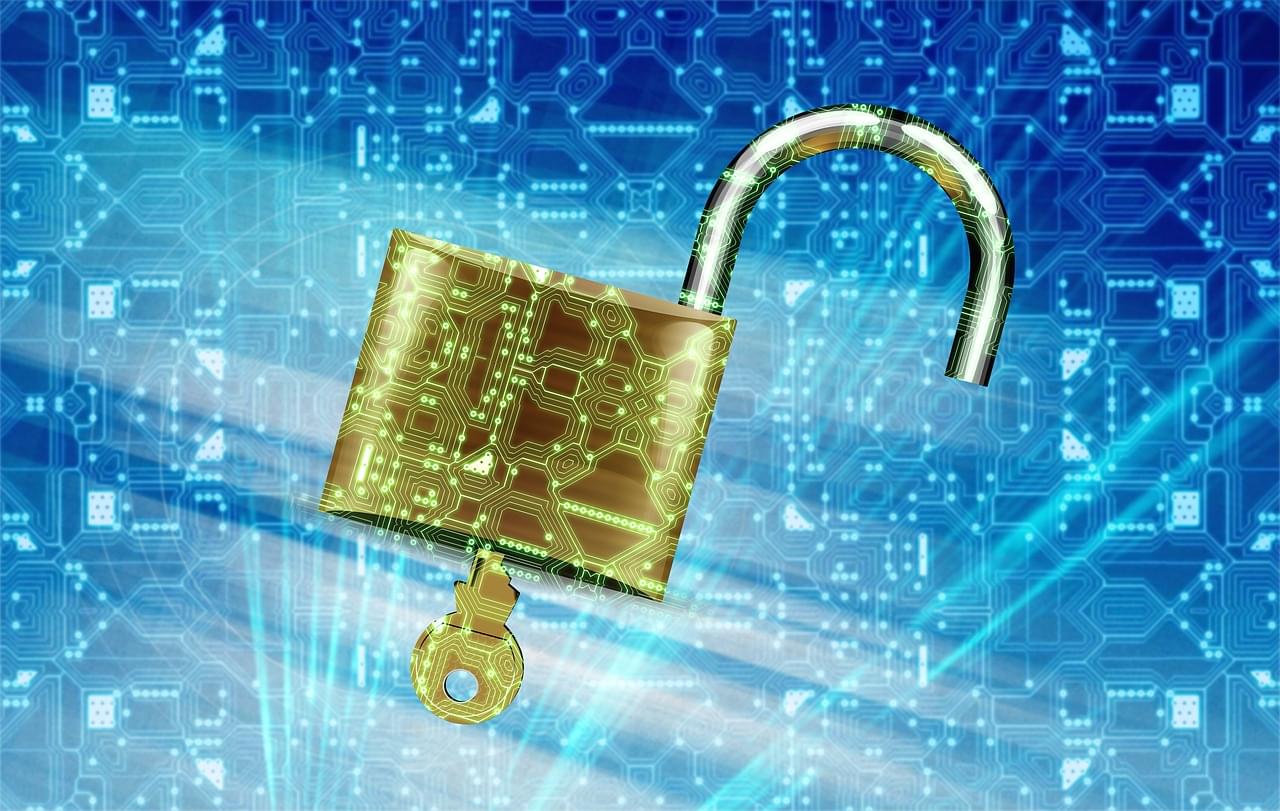
Privacy is important for everyone and in a world that is being taken over by large tech companies, protection of privacy is playing an increasingly important role. In the coming years, it will no doubt become increasingly difficult to manage what you want to keep private and what may be public. New technologies offer governments and companies multiple options to access your or each other's data.
Production
Automation
What can be automated will become automated. That is a brief summary of what will happen in the fourth industrial revolution. Machines make people unnecessary. But what kind of work are we going to do? A good example is what I am currently doing. Creating articles and marketing! A system will never be able to generate an article itself and also does not know how to address people personally as I do now. A system does of course help with checking the spelling and layout.
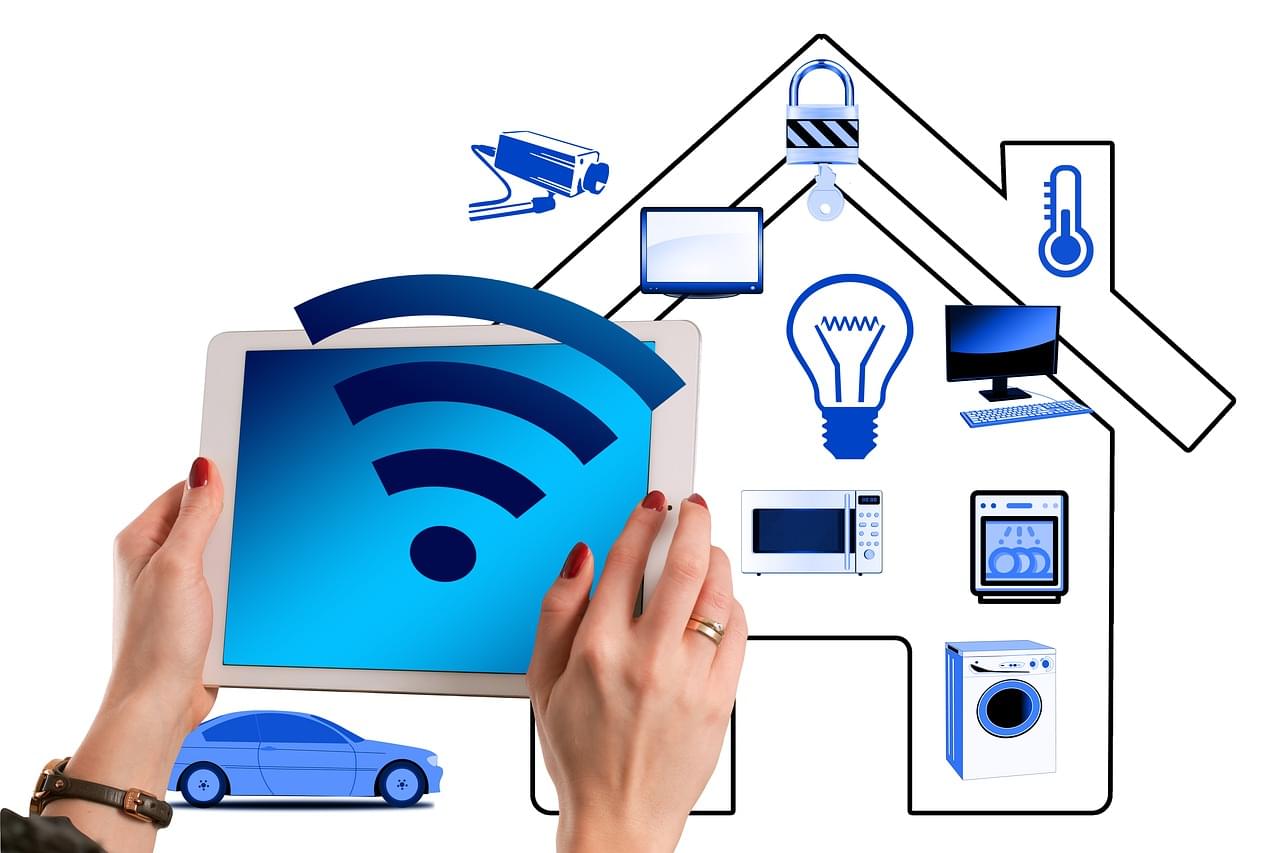
The marketing sector will never be completely taken over by robots / systems because they cannot understand human unpredicting psychology. Remember that the robots and systems themselves must also be marketed. Robots will never be present or in court or at important international conferences and be able to make decisions on their own. There are many more examples of this. A future where robots are equal to people in terms of psychological capacities will never exist, but constant attempts are happening to come as close as possible. These types of robots are called humanoids.
Sustainability
Everything becomes more elastic and more durable. Consumer experience and services become the norm. The fourth industrial revolution lets us discover new forms of collaboration through new platforms and business models. That means that we start to think differently about talent, culture and organizational structures. The way we do business changes completely. But how? Nobody knows that yet. Everyone today strives for a more sustainable world and this revolution will provide us with the necessary tools.
New processes
Products that are made without any help from a human hand will become normal. In so-called smart factories, machines and products can communicate with each other. Together they create an autonomous production process. Mass production has never been easier. This makes companies flexible and ensures that they can respond quickly to the latest market developments
Product life cycle
The product life cycle becomes much shorter. That's a fact. Products are tailor-made for consumers at affordable prices. Products will move from the introduction to the adult phase at a rapid pace due to the fast purchasing by consumers. Due to constant new innovations on the market, products will also age faster. This will cause major price differences on the market. Only the richest can have the newest smartphone in their hands if they are still called smartphones at that point in time. Another good example is the battery of electric cars / bicycles that is constantly being improved. Of course, everyone wants the best on the market, but the prices are still pending. The product life cycle is often extended because the renovated product is too expensive and therefore the consumer chooses to buy the previously released product.
The Consumer
Where the demand is, is supply. Through social media and data collection techniques, it becomes a lot easier to understand and respond to consumer behavior. The consumer will be completely central. Due to the ever faster becoming delivery and quality of products/services, consumers expect more and more. New ways are being developed to use goods and services for the convenience of consumers. This is also referred to as the "on demand" formula.
Innovations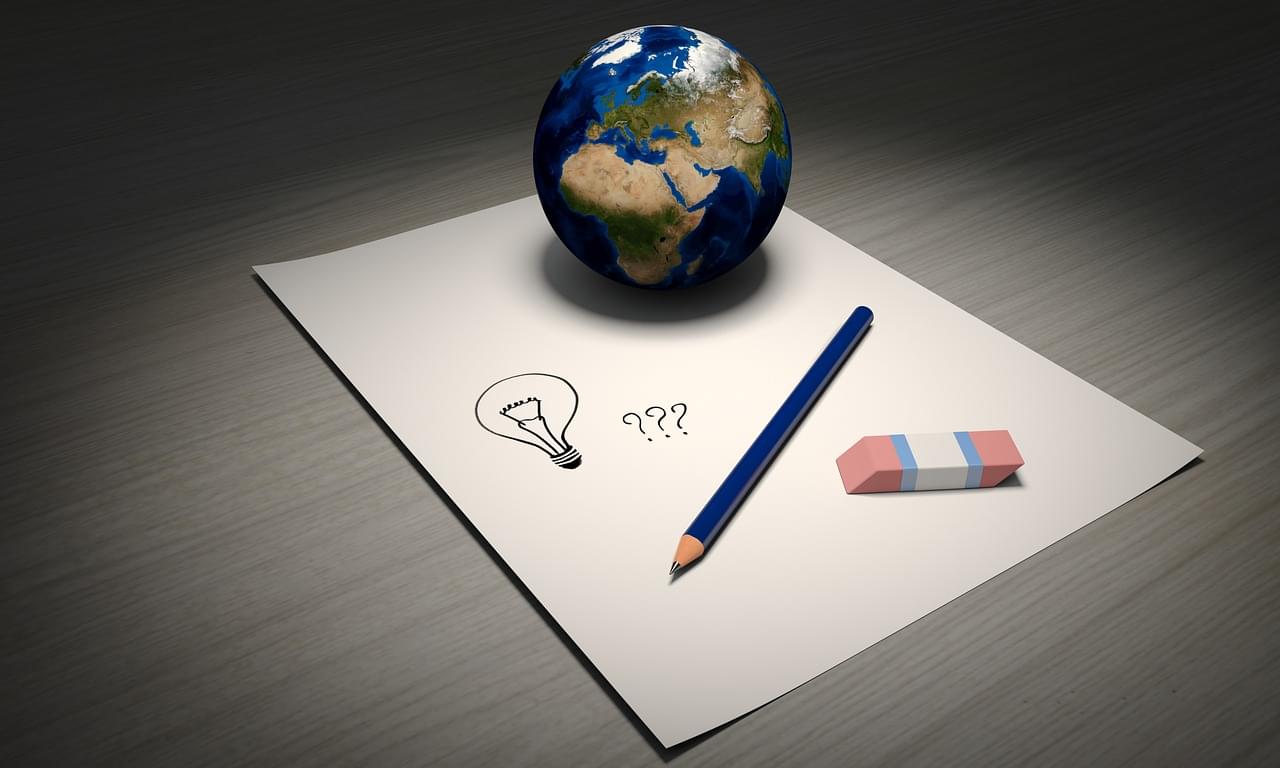
An innovation is a new idea, product, service, process or a combination of these. New inventions are made Left and right or existing ones are improved. Below you will find a summary of some of the most important innovations that will rise or be improved in the fourth industrial revolution. Many of these innovations would perhaps be a good subject for a separate detailed article in the near future.
-3D Printing
3D printing started to emerge in the early 90s, here it was mainly about making prototypes. With 3D printing you can produce goods made on demand at relatively low costs. 3D printing is still used primarily for prototypes and mockups, but there are a number of promising applications in the production of replacement parts, dental crowns and artificial ones. A 3D printer can even help with the production of bridges! So who knows what else might be possible in the future?
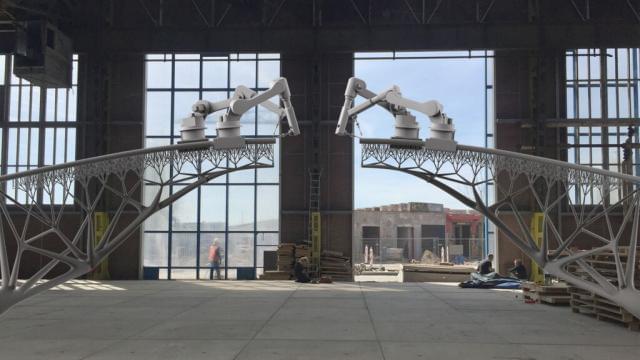
-Space Travel
Space travel is very expensive and the possibilities are unprecedented. Research is done every day to bring civilization further into space. Thousands of people from different countries work on space programs every day. But why? Humans love pushing boundaries, seeing how far we can get and to answer the question whether there is smart advanced extraterrestrial life or not. You often hear a colony on Mars passing by, but this is not in the near future because of all the factors that play a role. Every mistake made in space travel can easily be fatal, and therefore not all rocket launches go as planned.
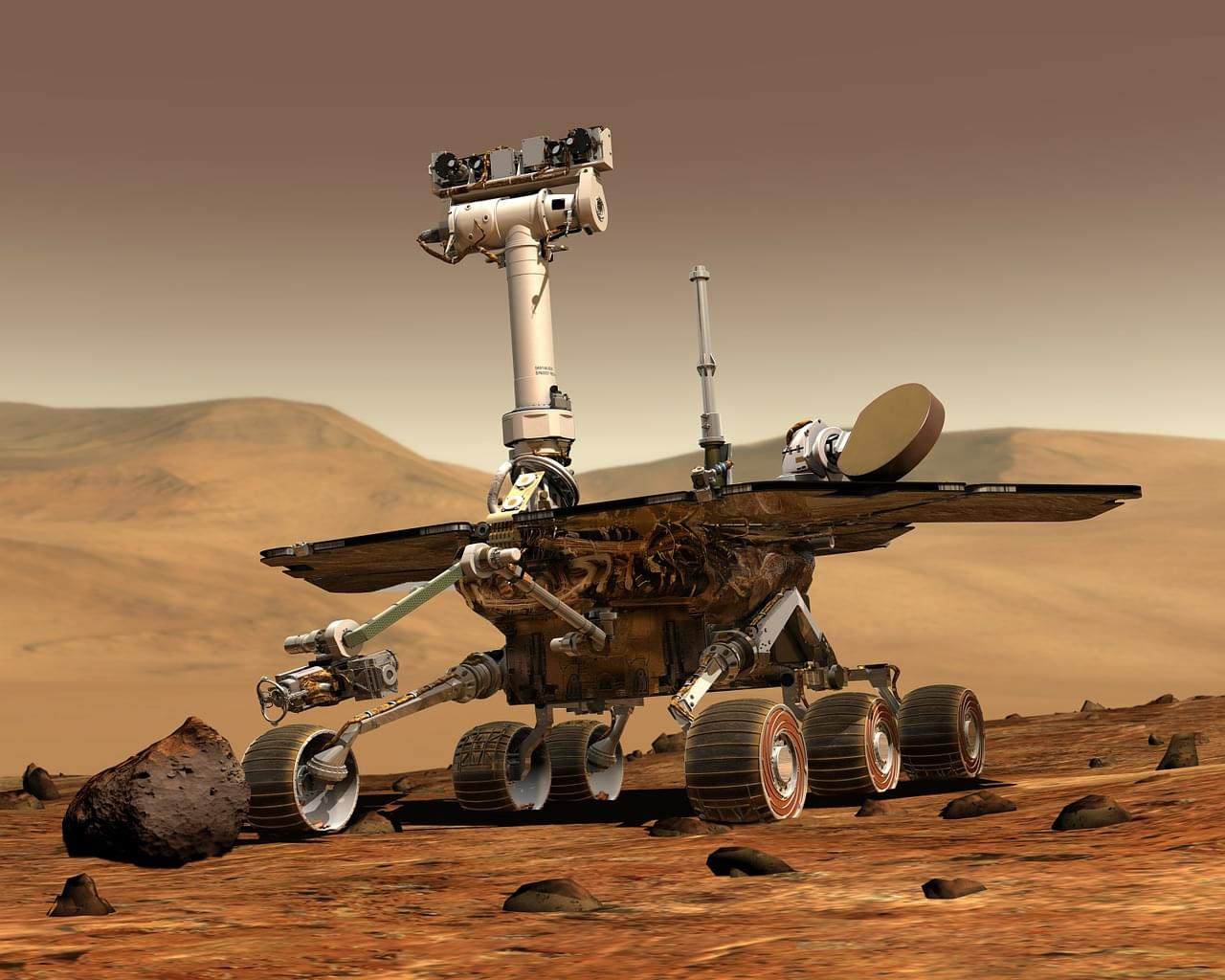
One can say that there is still a space race going on. If every country worked together at space travel, we would probably have gone much further. Unfortunately, this is not the case, but there is confidence in the future and perhaps one day will we be able to book a vacation to Mars!
-Virtual Reality (VR)
Virtual reality is exactly what you think it is. A fake world that can be created by means of a computer and special glasses. This seeming fantasy began its development in 1980 and we have already made impressive progress. Making a realistic VR world is computer intensive and therefore difficult to get right. You would think that this experience is only reserved for the rich or the military, but as a ‘’normal’’ consumer you can easily get it yourself.
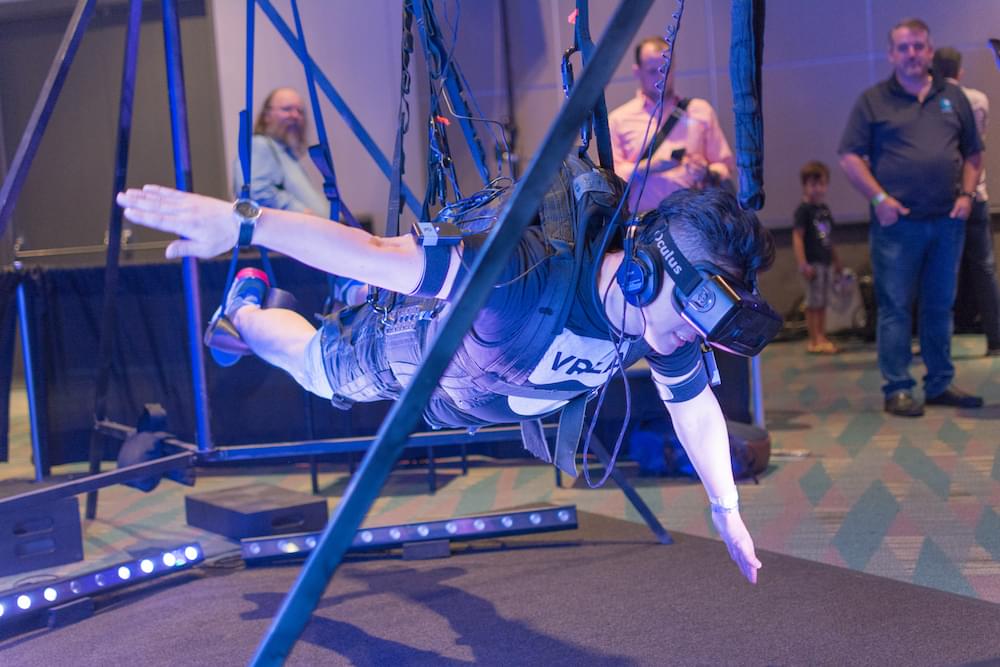
Recently, VR has become very popular on the game market because you yourself have control over a virtual game world using a VR headset and controllers. Where you really get the feeling that you are in this world and you come into contact with it. Although it is pricey, it is certainly more affordable and cheaper than the latest smartphones, the foldable phones for example.
-Geo-Engineering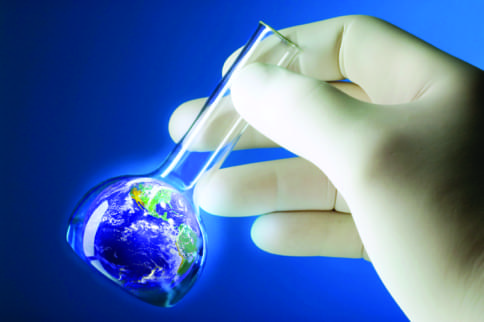
Geo-engineering is the manual changing of eco systems on the earth. Mainly to prevent global warming. That is why it is also referred to as climate engineering. As expected, this is also very extensive because of all the natural systems that we have received from mother nature on this earth. A few examples of this are placing mirrors in the desert to reflect the sunlight back and shields to block out sunlight. Geo-engineering can also encourage the removal of CO2 by filtering the growth of plankton in the oceans and the outside air and retaining the CO2. This is called Direct Air Capture (DAC).
-Construction industry
We've been building for centuries, but every day we do it faster and better. Required materials are often already mechanically made in the factories and then transported to the construction site. Have you ever noticed how quickly buildings or houses are being placed? It used to take years now only months depending on the type of building of course.
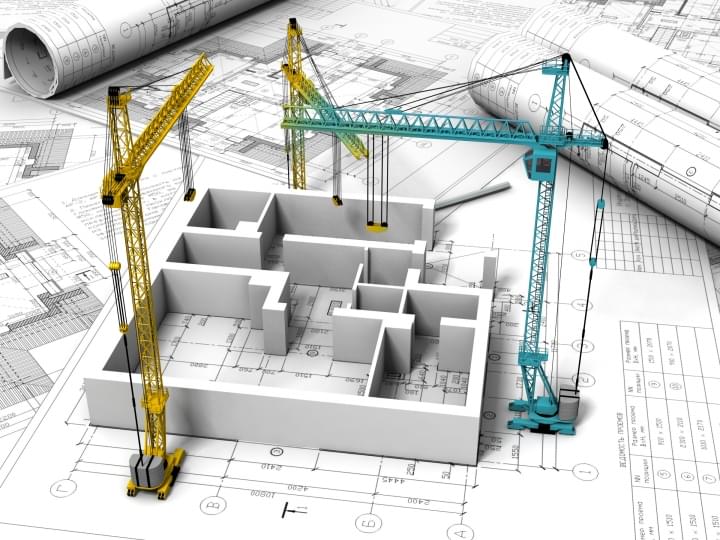
3D printing and other innovations are also used in construction. The construction site is a place where many different technologies come together and can be used to their full potential. Many machines do all the dangerous work that people used to do. Unfortunately, this does not mean that you can take off your construction helmet (yet)!
-Biotechnology
Everyone has had biology at school and knows that biology has to do with everything that lives. Biotechnology is very interesting because it can protect ourselves or animals and plants against diseases and/or even grow new organs. Attempts are already being made to improve the human body through technology that may seem scary. For example, consider a fully working robot arm for someone who was born without or eye modifications that you can use to zoom in. Technology that is already working well is eye laser surgery or a chip under the skin with which you can unlock doors.
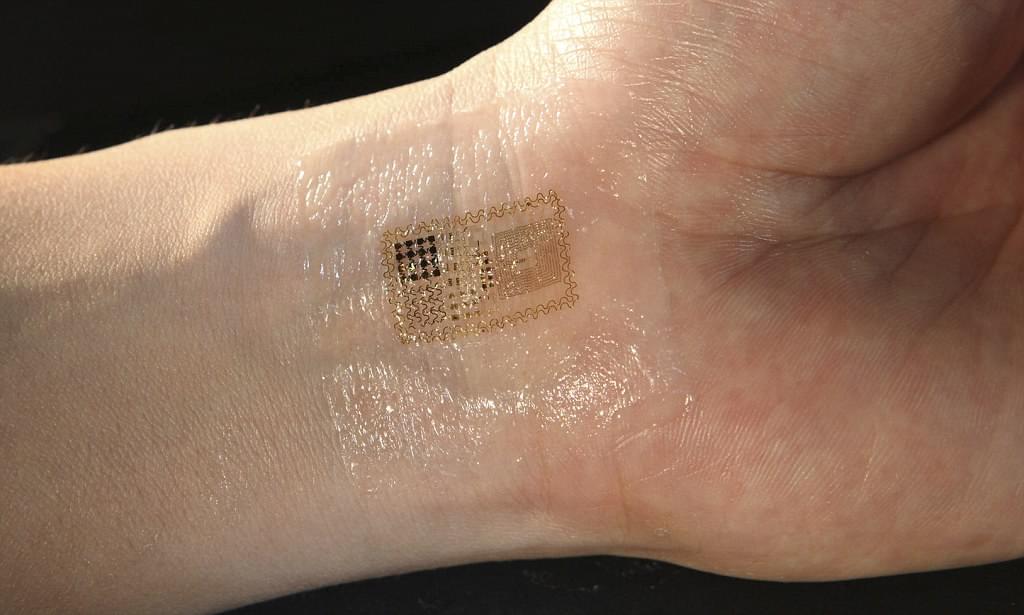
We have been living on this planet for thousands of years but still don't know everything about ourselves. Biotechnology changes this and proves once again how much you can achieve if you combine different technologies.
Robots and Artificial Intelligence (AI)
The icon or most recognizable thing of the fourth revolution is the robot and the artificial intelligence that we can give them. The humanoid robots that can be seen at special exhibitions are already quite impressive and show you exactly how far we are at the moment. Many people find the idea of robots that look like people scary and that is understandable. Today's humanoid robots are recognizable as a human, but due to missing details and unnatural-looking movements, they do create an uncomfortable feeling. Many people also think that robots which can recognize emotions and respond correctly to them going too far.
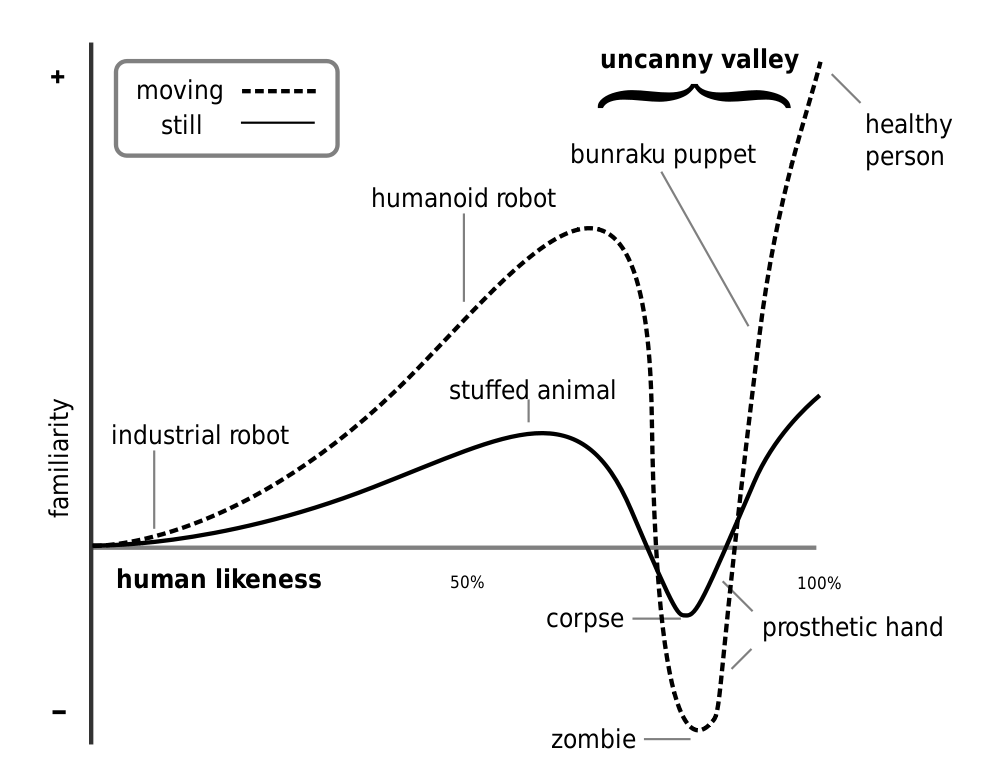
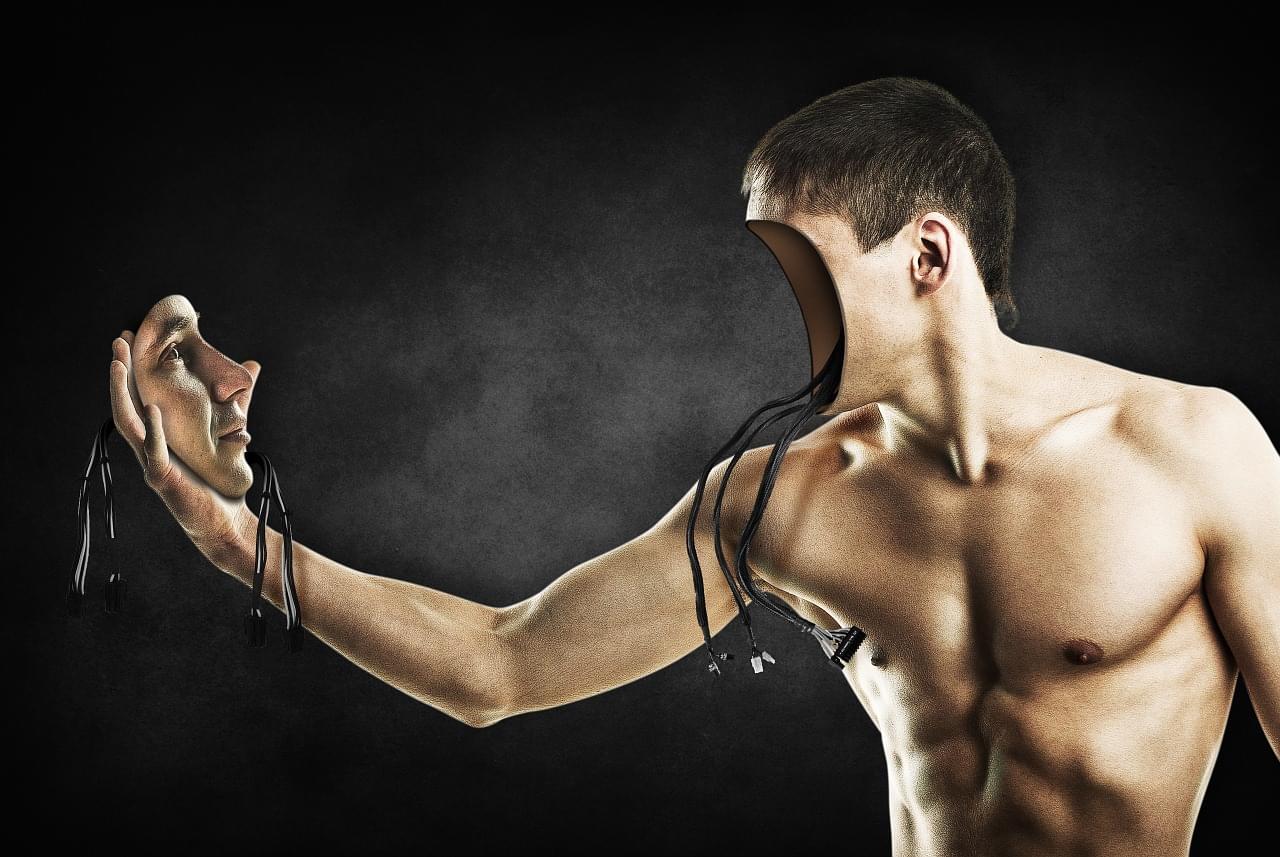
Again the possibilities are unprecedented. Robots already help us to create a Utopia, I and many others believe that the humanoid robot should never be able completely replace humans. This would have more negative than positive consequences for the functioning of society. However, nobody is against letting advanced robots help in dangerous situations to prevent human casualties.
Risks, warfare and politics
An important subject that the revolution will certainly change as in the previous three revolutions. AI and robots are already being deployed in war zones and those who keep an eye on the news know that this has effect.
New Ways of warfare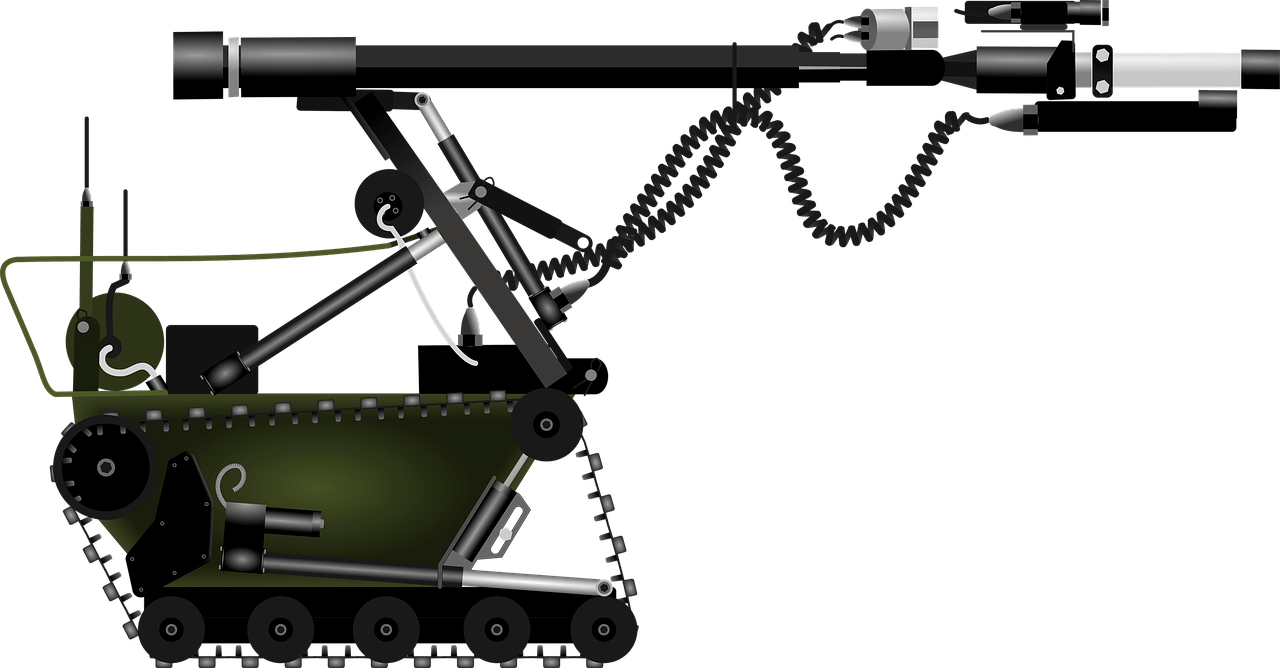
This revolution has a huge impact on national and international security and the way we deal with wars and conflicts in the world. For example, look at the first and second industrial revolution that have brought us many technologies that were able to cause many more casualties than traditional weapons. Wars used to be uncomplicated, but now it is completely reversed. By using digital means in warfare, a separate variant of traditional warfare will arise for the nations that have access to it. By using drones, people are already prevented from being put into danger. In addition to so-called killer drones, there are also support robots that can for example bring wounded soldiers to safety.
Sadly, it will also become easier in the future for individuals and small (extremist) groups to acquire weapons of mass destruction. Think about biological and atomic weapons because more and more of them are being circulated. Luckily, new technology also offers the opportunity to more easily identify and monitor these groups and individuals, yet it remains a risk that will always continue to play in today's globalized world.
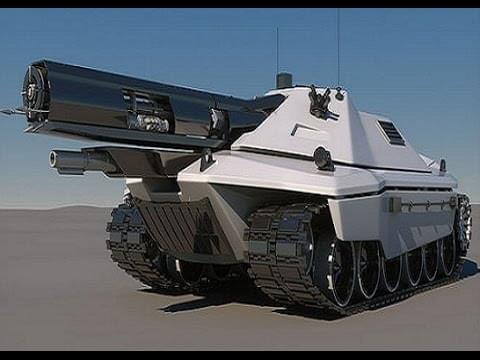
New technologies also make it possible to develop very effective defense mechanisms and thereby limit violence. An example of this is the missile shields, which can even hit atomic missiles and cause them to explode mid-air without causing casualties.
Technology Race
This problem occurs at the international level. The technology race technically never stopped since the first industrial revolution. The better the technology, the more prestige and power you have, because you can also resell technology and lay the foundation for new innovations.
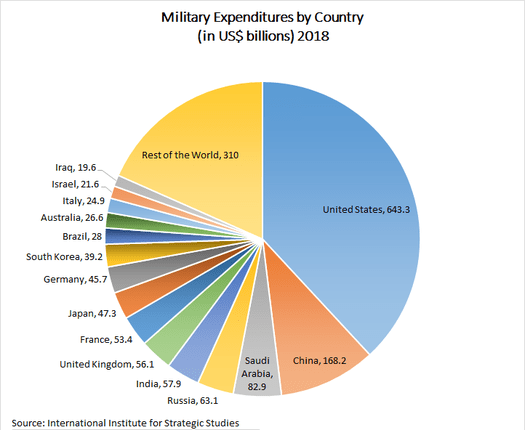
This race naturally goes hand in hand with the well-known arms race, but this arms race was "officially" stopped after the cold war. But the technology race will never stop as the progress of society will stop with it. Nobody stops technology from being used for bad practices such as eavesdropping, hacking and spying, but is sometimes necessary for security, order and enforcement.
Final Word
For this article, several reliable news articles including the World Economic Forum have been researched to provide accurate information. This article serves as a good insight into what the fourth industrial revolution can mean for us. However, this article also contains speculation and hypotheses because we are not that far yet. If misinformation is found or important information is missing, you can mail to info@rixels.com and we will correct this as soon as possible if needed.
